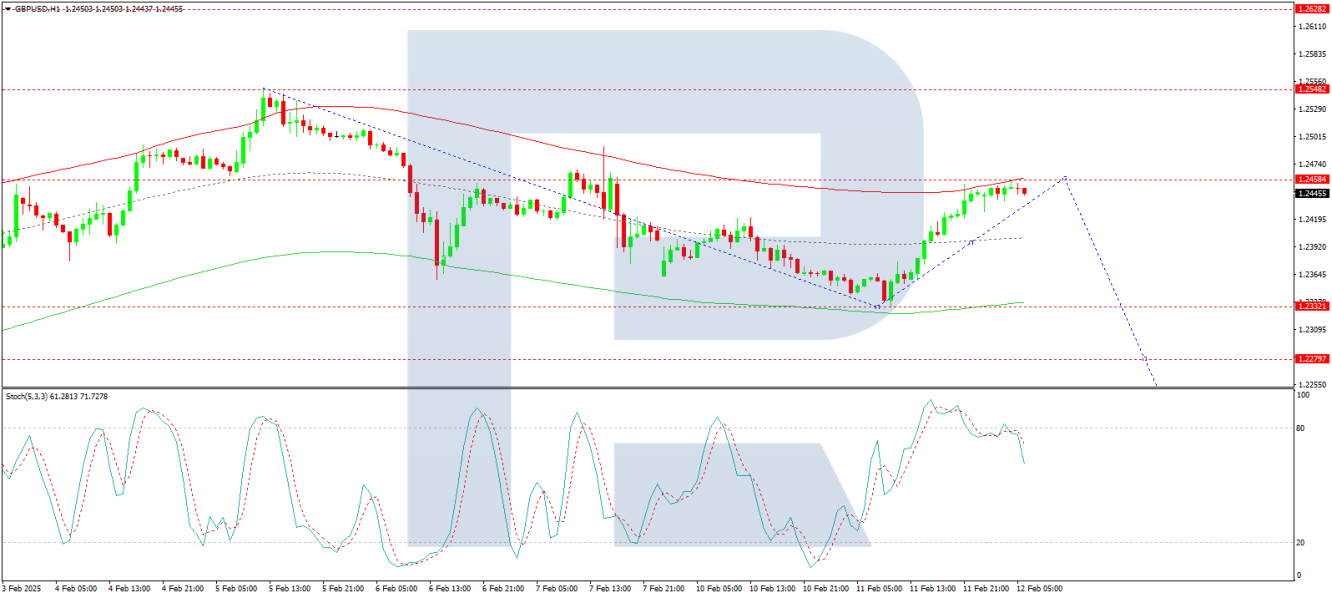The GBP/USD pair is currently trading around 1.2447 on Wednesday as investors adopt a cautious approach, anticipating important economic data from the UK later in the week.
Several factors are impacting GBP/USD. Earlier in the week, the British pound came under pressure following a shift to a more dovish tone from Bank of England (BoE) policymaker Catherine Mann, who noted that weak domestic demand lessens inflation threats, a stark contrast to her previous hawkish views. Mann now perceives a slowdown in consumer spending, which hampers businesses’ ability to raise prices and accelerates the decline in inflation rates.
The BoE projects inflation will climb to 3.7% by the end of 2025, an increase from 2.5% in December 2024. Additionally, UK GDP growth forecasts have been reduced to 0.75% for 2025 from an earlier 1.5%.
As investors await key macroeconomic data, such as December’s GDP estimate and Q4 2024 growth numbers, the pound faces pressure from a robust US dollar but remains stable against other major currencies.
On the technical front, GBP/USD fell to 1.2332 and then corrected to 1.2458, with expectations of a subsequent decline towards 1.2279. If this support level is breached, targets will shift to 1.2100 and 1.2020, indicating a sustained bearish trend. The MACD aligns with this perspective, showing a downward trend. Additionally, the H1 chart indicates the market may continue its downward trajectory.

In summary, GBP/USD is in a consolidation phase as traders await crucial UK economic data that could influence the pound’s future direction. Weak domestic demand and changing BoE policy views contribute to bearish sentiment, compounded by a stronger USD.












